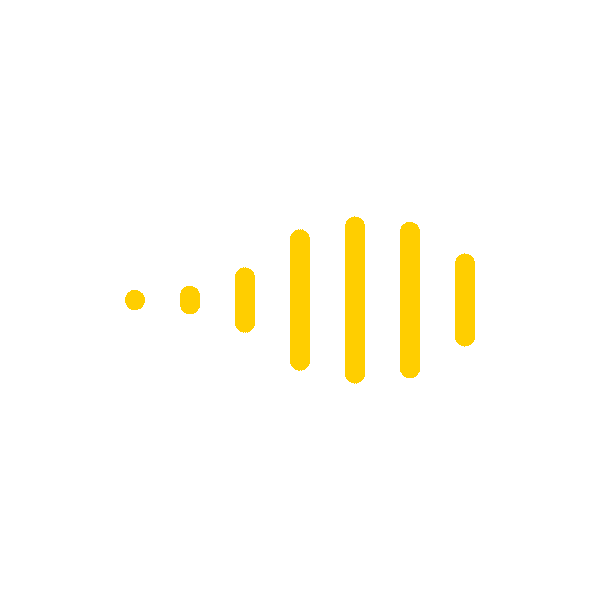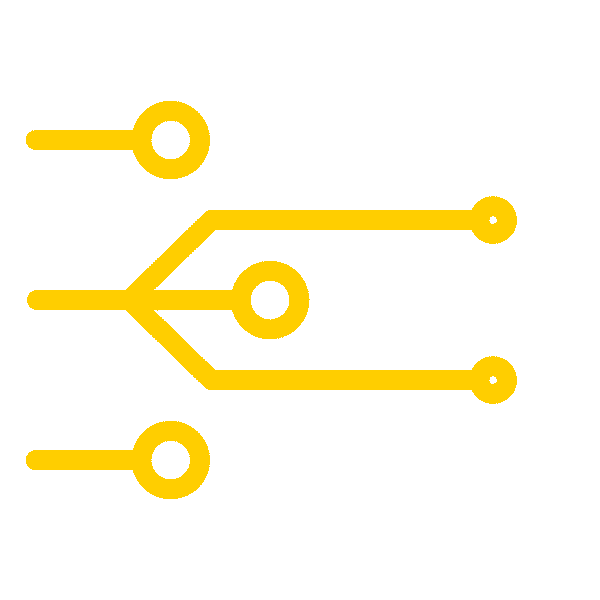Instructional Design
To align with our format, all of our modules are constructed with a backward design: we start with key learning outcomes and create the learning experience around them.
Our professor partners identify the concepts that matter to their course. Our in-house instructional design team then creates real-world scenarios brought to life with engaging content. Our modules are flexible, and we even have options for professors to build modules out of their existing course material.














.png?width=654&height=552&name=Frame%2035200%20(1).png)
